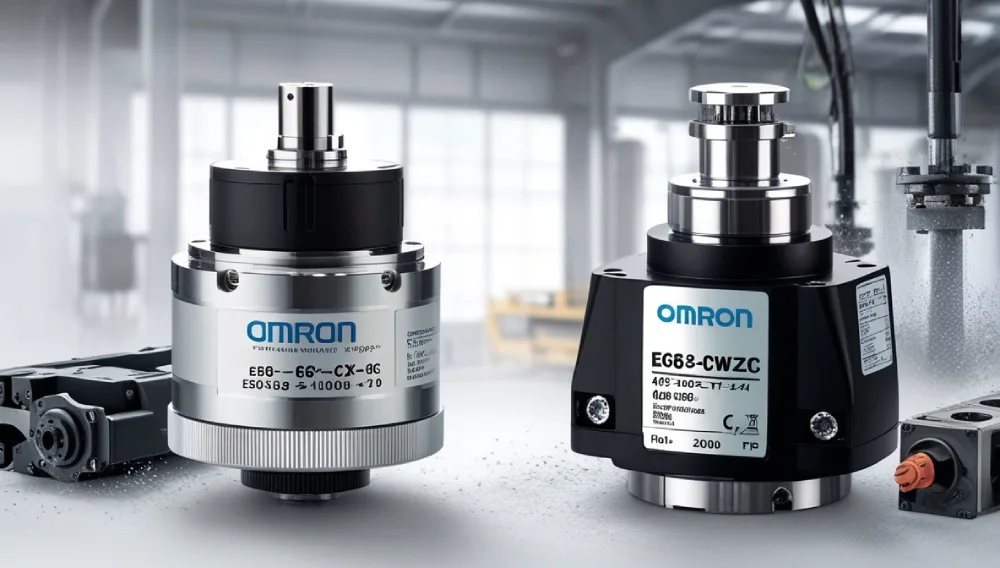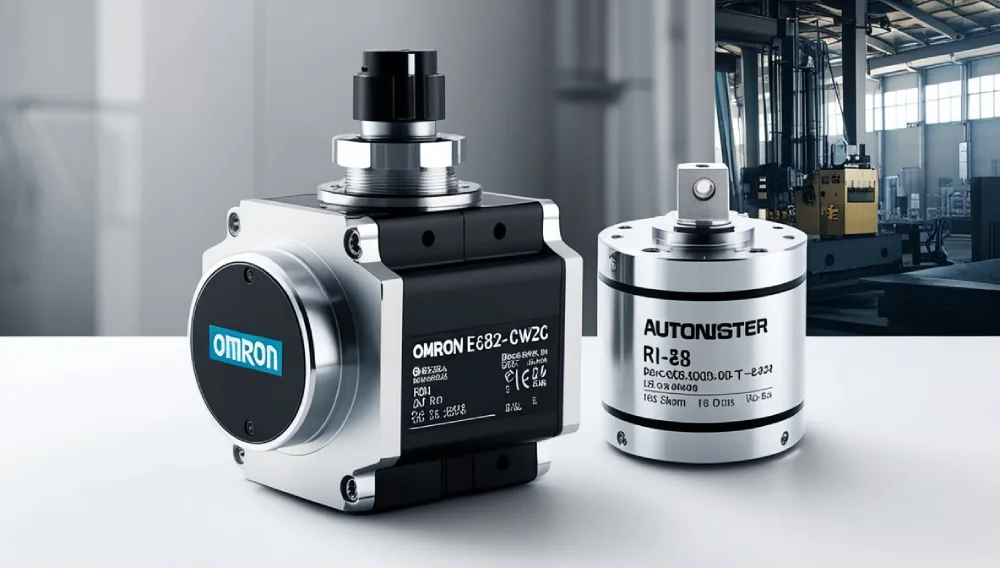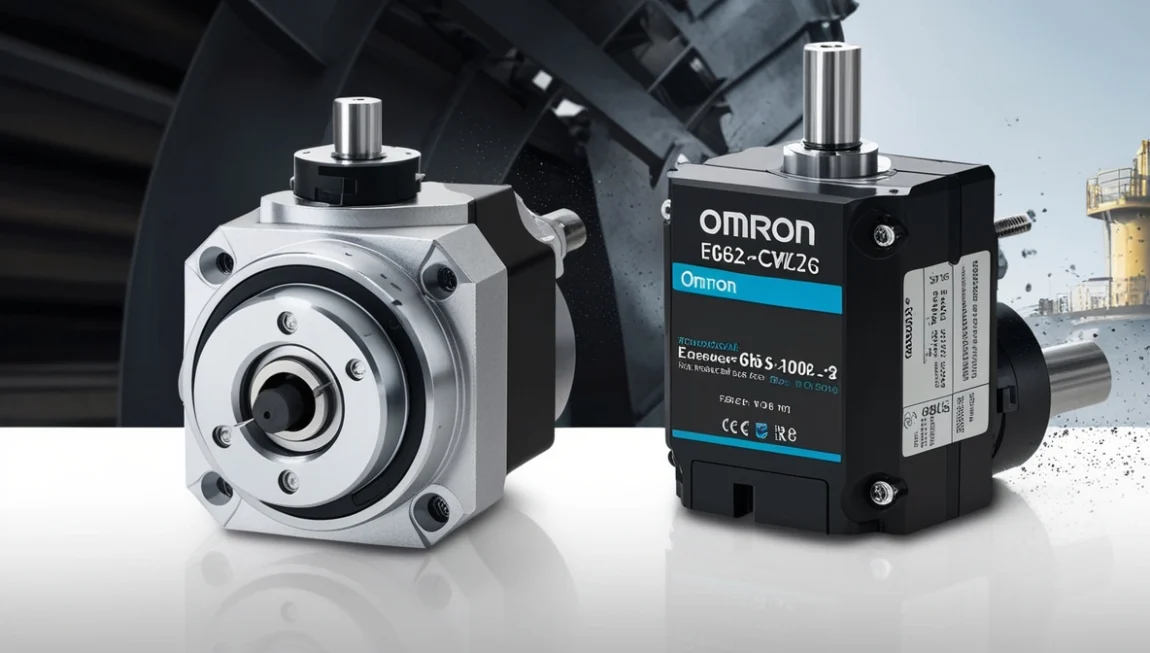If you work with motion control, robotics, or industrial automation, you’ve probably heard of incremental encoders. These compact yet powerful devices play a crucial role in measuring speed, direction, and position in machines.
But what exactly is an encoder? How does it work, and how do you choose the right one?
In this guide, we’ll cover:
✅ How encoders work
✅ Key benefits and applications
✅ Top product recommendations (with pros & cons)
✅ A simple buying guide
✅ FAQs for quick answers

Amazon Newest Arrivals $127.02
What Is an Incremental?
An encoder is a type of rotary encoder that generates electrical pulses as it rotates. Unlike absolute encoders (which provide a unique position value), encoders measure movement relative to a starting point.
How Does It Work?
Incremental uses a rotating disk (code wheel) with slots or magnetic patterns. A sensor detects these changes and converts them into digital pulses.
Key components:
- Code Wheel – Contains evenly spaced marks (optical or magnetic).
- Sensor – Optical (LED + photodetector) or magnetic (Hall-effect).
- Output Signals – Typically, two channels (A & B) are used for direction detection, and sometimes a Z signal is used for reference.
Incremental vs. Absolute Encoders
| Feature | Incremental | Absolute Encoder |
|---|---|---|
| Position Tracking | Counts pulses from startup | Provides exact position at all times |
| Power Loss | Loses position (needs homing) | Retains position |
| Cost | More affordable | More expensive |
| Resolution | High (depends on PPR*) | Fixed (e.g., 12-bit, 16-bit) |

*PPR = Pulses per Revolution
Why Use an Incremental?
Incremental is widely used because it offers:
✔ High precision – Great for speed and position control.
✔ Cost efficiency – Cheaper than absolute encoders.
✔ Simple installation – Easy to integrate into systems.
✔ Versatility – Works in robotics, CNC machines, conveyor systems, and more.
Common Applications
- Industrial automation (motor feedback, conveyor belts)
- CNC machines (spindle positioning)
- Robotics (joint angle measurement)
- Printers & scanners (paper feed control)
- Medical devices (precise movement control)
Top Recommendations
Here are some of the best increments available today:
1. Omron E6B2-CWZ6C (Optical Encoder)
✅ Pros:
- High resolution (up to 2000 PPR)
- Reliable optical sensing
- Durable metal housing
❌ Cons:
- Slightly more expensive than basic models
- Requires careful alignment
Best for: Industrial automation, CNC machines.
2. Autonics E40S6-1000-3-T-24 (Magnetic Encoder)
✅ Pros:
- Resistant to dust and moisture
- Affordable
- Good resolution (1000 PPR)
❌ Cons:
- Lower resolution than optical encoders
- Not ideal for ultra-high precision
Best for: Harsh environments, packaging machines.
3. Hengstler RI 58 (Heavy-Duty Encoder)
✅ Pros:
- Robust industrial design
- High shock/vibration resistance
- Multiple output options
❌ Cons:
- Bulkier than standard encoders
- Higher price
Best for: Heavy machinery, steel mills.

Buying Guide
1. Resolution (PPR)
- Low (100-500 PPR): Basic speed monitoring.
- Medium (500-2000 PPR): General automation.
- High (2000+ PPR): Precision tasks (CNC, robotics).
2. Sensing Technology
- Optical: Higher precision, sensitive to dust.
- Magnetic: More durable, slightly lower resolution.
3. Output Type
- TTL (5V): Common in industrial systems.
- HTL (10- 30V): Better noise resistance.
- Open Collector: Simple, but needs an external pull-up.
4. Environmental Protection
- IP Rating: IP64 for dust resistance, IP67 for waterproofing.
- Shock/Vibration Resistance: Important for heavy machinery.
5. Shaft Type
- Hollow Shaft: Easy installation, less rigid.
- Solid Shaft: More stable, needs coupling.

Personal Experience: Which Encoder Worked Best for Me?
In my robotics projects, I’ve used both Omron E6B2 (optical) and Autonics E40S6 (magnetic) encoders.
- For precision tasks (like a robotic arm), the Omron encoder delivered smoother performance.
- For a dusty workshop environment, the Autonics magnetic encoder held up better without maintenance.
Lesson learned: Choose based on your environment and precision needs!
FAQs
1. Can an incremental encoder remember position after power loss?
No, it needs a reference (homing) signal to reset position.
2. What’s the difference between A, B, and Z signals?
- A & B: Quadrature signals for direction/speed.
- Z: Reference pulse (once per revolution).
3. How do I increase encoder resolution?
Use a higher PPR encoder or add a signal multiplier.
4. Are they incremental waterproof?
Some are (check IP rating). Magnetic encoders handle moisture better.
5. Can I replace an absolute encoder with an incremental one?
Yes, but you’ll lose position tracking on power-off.
Final Thoughts
Incremental encoders are affordable, precise, and versatile—perfect for motion control in automation, robotics, and CNC applications.
Read More: HDMI HEVC Encoder


1 thought on “The Best Incremental Encoder”